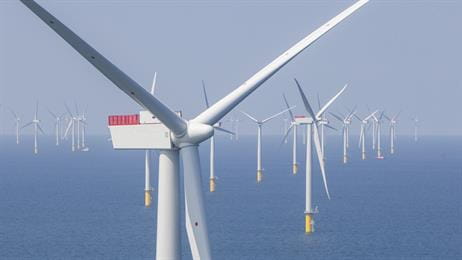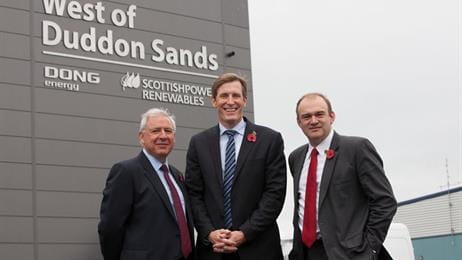
About the project
Up to 1,000 people were employed on the project, which has also seen more than 200 km of undersea cables installed. The total area covered by the wind farm is 67km², and each individual Siemens turbine has a capacity of 3.6MW.
West of Duddon Sands has led the renewable energy industry in efforts to reduce the cost of offshore wind. One of the biggest benefits to the project has been the new £50m offshore wind terminal at Belfast Harbour. The terminal is the first purpose-built offshore wind installation and pre-assembly harbour in the UK and Ireland and supports up to 300 jobs, ranging from welders to electricians and engineers. The size and scale of the harbour has allowed for continual delivery of turbine components, and round-the-clock operations.
The project also benefitted from using two of the world’s largest and most advanced installation vessels, which allowed work to continue offshore during one of the worst winters for storm force winds in recent history. Working in tandem, the Pacific Orca and the Sea Installer vessels were used to install all of the foundations and the turbine components. The Pacific Orca is the world’s largest wind farm installation vessel with a length of 161 metres, a breadth of 49 metres and a depth of 10.4 metres.
The electricity generated initially connects in to a specially designed offshore substation. The voltage from the turbines is increased and two export cables then take the electricity ashore to the onshore substation at Heysham, where the wind farm is connected to the UK national grid. The Operations and Maintenance base for the wind farm is a newly constructed facility in Barrow, which will support more than 40 highly-skilled jobs for at least the next 20 years.
